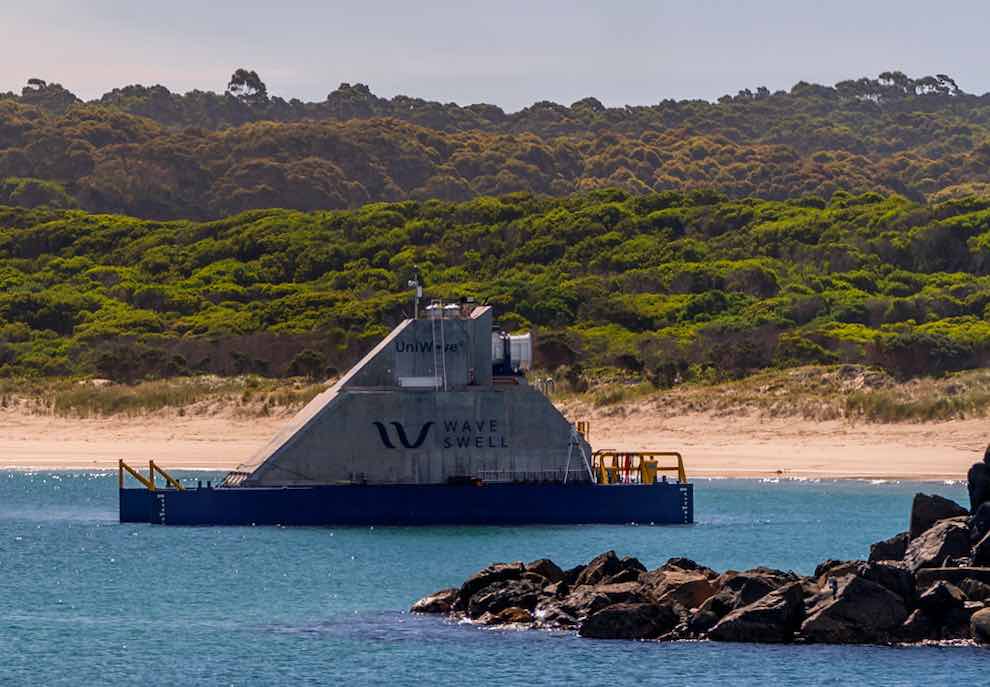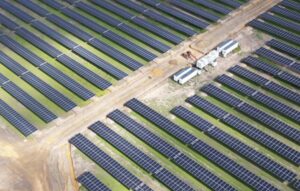Wave machines dotted along Australia’s coastlines could hold the key to filling generation gaps in solar and wind-powered grids and reduce the need for battery storage, cutting the cost of renewable energy in the future, Australian research and trial operations show.
Australia’s premier science agency, CSIRO, says in a report commissioned by Wave Swell Energy, that teaming wave power with solar and wind has the potential to greatly reduce energy storage costs needed to guarantee uninterrupted power delivery.
CSIRO’s report assessed three locations in Victoria and South Australia, focusing on the ability of wave energy to complement the seasonal variability of solar, thereby improving grid stability and reducing the cost of guaranteeing electricity supply.
“Energy storage combined with hybrid power generation has the potential to provide much higher levels of cost-effective energy security than any single renewable energy generation mode can provide, particularly those hybrid combinations that include wave energy,” the report says.
Wave Swell Energy has an interest in this, of course, having been trialing its “Uniwave 200” wave power generation machines in the rough waters off Tasmania.
Wave Swell’s technology centres on artificially replicating a blowhole, where seawater rises and falls in a chamber to create pressure fluctuations and disperse air that drives a turbine.
All moving parts are positioned above the water line, which the company claims improves reliability and boosts efficiency by harvesting energy from the entire water column, not just the seafloor or surface, as with previous wave energy devices.
“Our team is excited to have achieved a rate of conversion from wave power to electricity at an average of 45 to 50 percent in a wide range of wave conditions, company CEO Paul Geason said.
“This is a vast improvement on past devices and shows that the moment has arrived for wave power to sit alongside wind, solar and energy storage as part of a modern energy mix.”
With support from the Australian Renewable Energy Agency, Wave Swell Energy commissioned a demonstration UniWave unit with 200kW of capacity in the ocean off Grassy in Tasmania’s King island in June last year and proceeded to export electricity to the island’s microgrid for 12 months.
Where wave power comes in
As the electricity generated from wind and solar power increases in Australian electricity networks, so does the need to cope with multi-day power loss in these renewable resources.
CSIRO notes that proposed mechanisms for managing multi-day power loss typically include the stock piling of combustible fossil fuels and biofuels, or the use of hydrogen or pumped hydro energy storage.
The problem is the first option is becoming increasingly costly to the environment, while the other three may be compromised by high economic cost.
“Contributing to King Island’s microgrid… has allowed us to demonstrate how wave energy can complement wind and solar, while also reducing reliance on energy storage,” says Geason.










